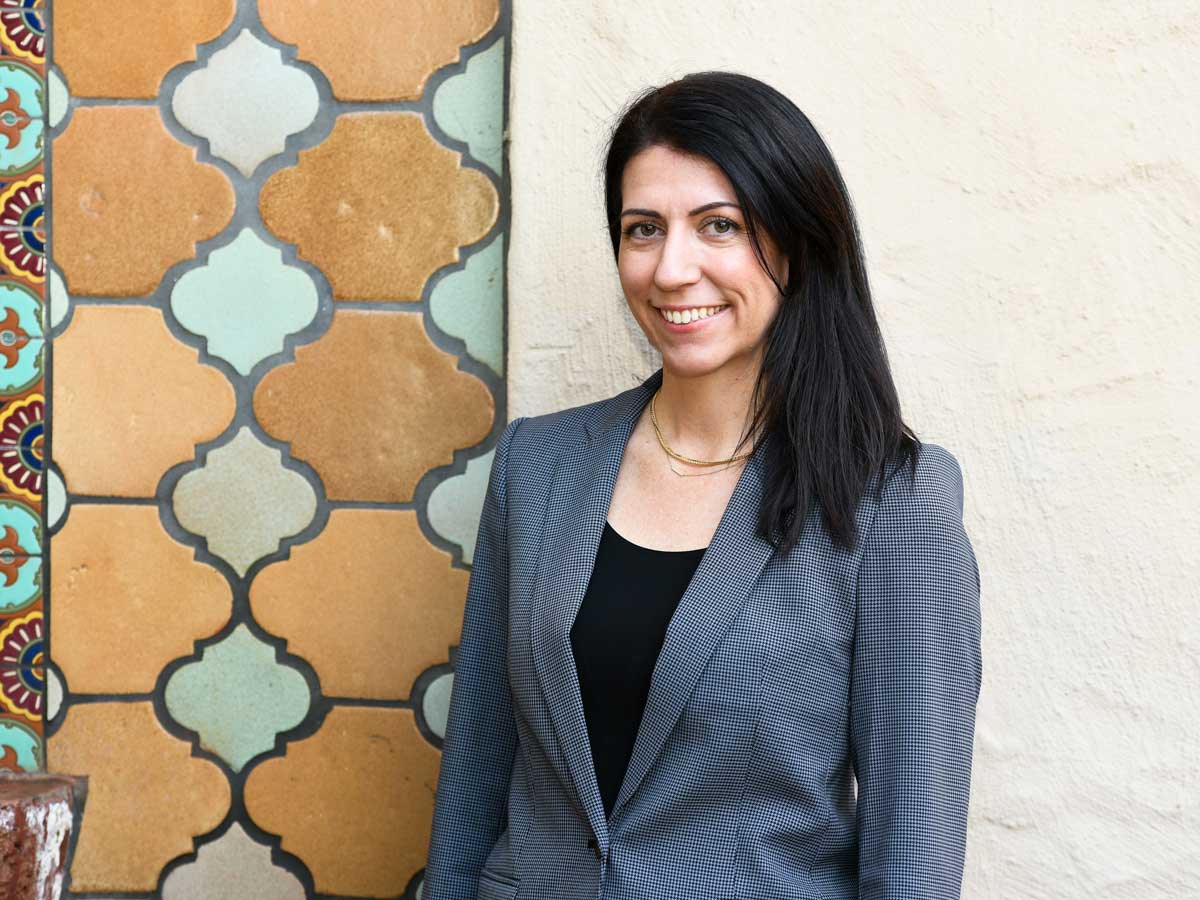

Despite pension funds navigating a “swim-at-your-own-risk” environment with a lower probability of positive returns, they can’t just stop and sink — they have to keep swimming, said Karin Sullivan, vice-president of fixed income at Trans-Canada Capital Inc., during the Canadian Investment Review‘s 2023 Investment Innovation Conference in November.
“[These financial challenges] have been going on now for two years, so [institutional investors] have to act [and] position [their] portfolios.”
One avenue institutional investors can take is to find uncorrelated positions, so that if one goes badly, the other isn’t automatically dragged down as well, providing a higher probability of generating positive alpha and value add.
When it comes to fixed income, Sullivan suggested investors take a targeted risk selection approach. With a variety of different risks, investors can pair them together to hedge out uncertainty. For instance, they can compare the interest rate curve with the credit curve or have credit exposure with a basis trade or have a variety of all these options.
“In the credit spectrum, . . . yield is important,” she said, noting when buying a corporate bond, investors can also hedge out interest rate risk. When coupled with purchasing a credit default swap, they’ll have protected their portfolio from default risk exposure.
“Really, what you’ve done is hedged out any default risk. If it defaults, your portfolio is not impacted as you are getting paid back in full. Furthermore, you’re not exposed to interest rate risk because you’ve hedged that out. Likewise with currency risk . . . and credit exposure, you’ve bought and sold for the same notional. So, you’re not exposed to the broad credit market moves. You’re just exposed to that valuation differential between the bond and the CDS.”
Sovereign bonds are a good way to get exposure to interest rate movements without exposure to various other risks, said Sullivan, noting one option is to invest in sovereign bonds from different countries that trade similarly but not always at the same differential to each other. That way, investors can choose to turn volatility into an opportunity by dynamically buying and selling that relationship as it moves. “You are buying and selling but without taking any duration risk . . . currency risk . . . [or] any curve risk.”
The time to maturity affects how sensitive bonds can be to interest rate movements, but this relationship isn’t constant as the relationship moves and that curve is convexity. Investors can implement a convexity strategy by purchasing bonds with different convexity features. “If you have a nice convexity relationship between two bonds, you can actually buy more of the bond that’s dropping in price and sell more of the one that’s rising in price. This is a way of profiting from convexity rather than having it just impacting your portfolio.”
Forecasting is difficult, because the path and timing of markets is challenging, said Sullivan, noting the landscape for markets, economies and demographics are evolving. “Diversifying your sources of alpha can help generate more value. You can employ a risk selection process that increases your portfolio or your plan’s ability to adapt and to create alpha in this uncertain environment.”
Read more coverage of the 2023 Investment Innovation Conference.
